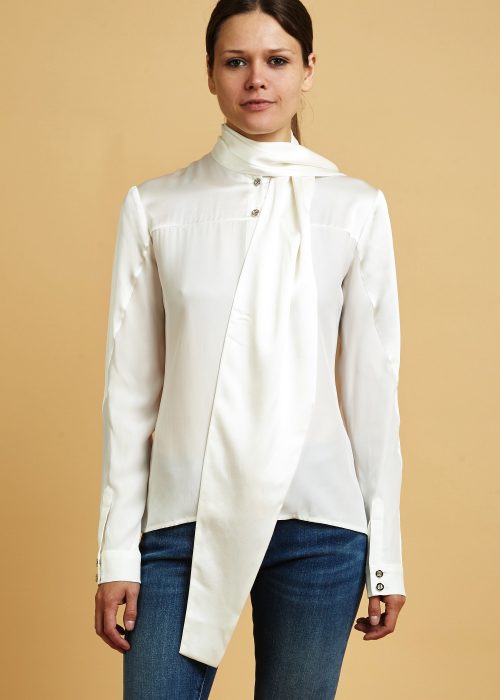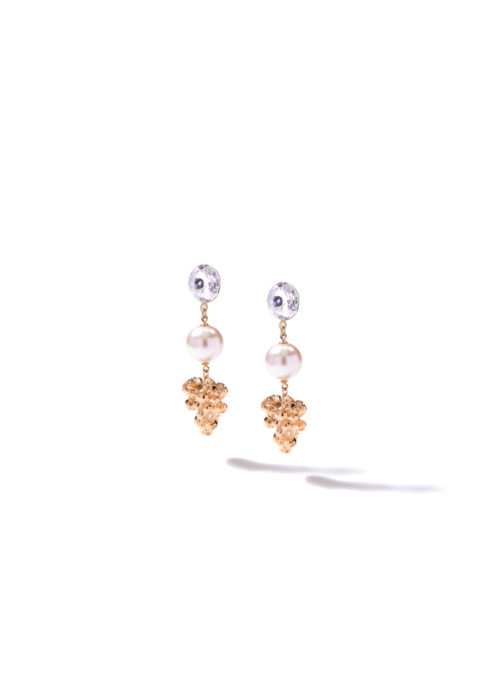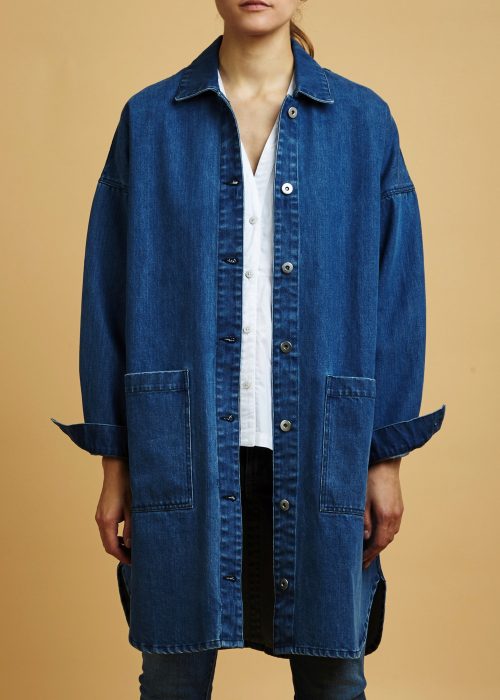Sustainability might be the buzziest word of 2017, at least in the fashion world. It seems not a day goes by without someone speaking about sustainable fashion or taking a sustainable initiative. But what exactly is sustainable fashion? This week, we look into what it entails as well as what the definition and criteria for sustainable fashion actually are.
WHAT EXACTLY IS SUSTAINABLE FASHION?
The exact definition of sustainability as it relates to fashion can be a difficult one to come to, as different people often have different views on what exactly the notion entails. The most accepted and, in our view, also the most fitting definition is the one used by the UN’s world commission on environment and development: meeting the needs of the present without compromising the ability of future generations to meet their own needs. This seems quite straightforward but how do actually get there? Well, first we need to understand what is wrong with fast or unsustainable fashion in order to act more consciously. Fast fashion destroys the environment and is one of the most polluting industries in the world after oil. It exploits workers in developing countries - most of whom are women and children - and often subjects them to unsafe working conditions. Unsustainable fashion also uses toxic chemicals and heavy metals which have been known to be dangerous. Companies who are committed to sustainability avoid practices that hurt the planet, their workers and us, the end consumer. Rather, they support traditional skills and craftsmanship, minimize their carbon footprint and/or reduce the amount of natural resources they use.
Sustainability in fashion can be seen from four key perspectives: ecological, social, economic and cultural. From these categories stem terms such as eco-friendly, ethical, fair, slow or green fashion, which all come under the wider umbrella of sustainability as brands implementing these standards aim to minimize or eliminate the negative impact of the garment industry on communities and the environment. Some efforts might be focused on doing good at a local level, for example by exclusively employing local artisans and sourcing fabrics locally, while others may be geared towards eliminating waste through recycling and repurposing old materials into beautiful clothes. Other brands refuse to use hazardous materials such as chemical dyes in an effort to protect our health or only produce cruelty-free and vegan items. Sustainable brands come at sustainability from different perspectives based on their respective history, resources and culture but they all share a commitment to acting more responsibly, have a long-term vision and are transparent about their practices.
SUSTAINABILITY STANDARDS TO LOOK FOR
Some of the factors you can look for when you build a sustainable wardrobe include:
- organic and natural textiles (for example, organic cotton, linen, bamboo, modal, tencel)
- made locally to the designer
- handmade or handcrafted by artisans
- fair trade and wages for artisans and workers
- no animal testing or components or vegan
- natural and non-toxic dyes
- zero waste: recycled, upcycled or vintage
Whether a designer or a consumer, what matters most is that we’re all taking steps in the right direction to preserve our collective resources, promote our well-being and health (we’ll talk more about sustainability and health in an upcoming story) and make it possible for future generations to enjoy what we might have been taking for granted: a livable planet. The good news is as awareness and accessibility to sustainable brands becomes ever more pervasive, it’s increasingly easier to shop ethically. Read our guide on our favorite eco-friendly textiles here to start building your conscious closet.
What is your definition of sustainability in fashion? Share your thoughts in the comments section.
SHOP THIS STORY
MORE STORIES
-
6 Eco-Friendly Fabrics We’ve Fallen in Love With
-
MEET: Nicole Heim of New York Label Cienne
-
September: Change that Feels Good
-
4 Ways to Wear Wool Beyond the Sweater
-
Chakra Dressing with Priscilla Debar
-
5 Ways to Love Yourself Every Day
-
MEET: Carla Robertson, designer of eyewear brand Carla Colour
-
FAUBOURG Voices: Yomi Abiola
-
The Future of Fashion Is Sustainable at MoMA
-
Five Minutes with Artist Maryam Ego-Aguirre




